- Why do octopuses camouflage?
- How many colours can an octopus put on while camouflaging?
- What do octopuses eat?
- How are octopuses formidable predators?
There are many things you’ll find weird about octopuses, ranging from size and appearance to the behaviour of arms after they are detached from the body. You’ll learn all this and more in the collection of 50 facts about octopus.
Wondering how their size can be something that much amazing? It’s about variation, i.e. octopuses vary in size from as small as less than an inch to as big as over 20 feet! Kevin Pearce talks about the same thing in the book “Being an Octopus”.
And here is something about their appearance. The predators mistake them for a rock or a seaweed for their very texture! Sounds unbelievable? The list of 50 facts about octopus will make the idea clear to you.
Do you know how, on the floor of an ocean, an octopus exhibits amazing camouflage skills? If “no”, read on to discover 50 facts about octopus. If ‘yes’, still don’t skip it for here’s plenty of new info to add to your knowledge.
This wonderful sea creature can change the skin colour that matches with that of the environment. It is done to escape from the danger of predators. Camouflaging is also done to deceive the prey while aiming at it.
How many hearts does an octopus have? You have one heart and they have three!
Here are the octopus facts about its existence and the camouflage.
Octopus Facts – Camouflage and Other Defences:
- Octopuses can change both their colour and body shape. So, they can pretend to be a fish, seaweed, rock, or a snake under the sea!
- Hiding, camouflaging, and mimicry are just a few tricks octopuses use to defend themselves against predation.
- Mimicry and camouflaging make it difficult to detect and, consequently, attack this eight-armed sea creature.
- If, unfortunately, an octopus is searched out by the predator, it utilizes several secondary defences. These secondary defences include fast escape and distraction using ink sacs.
- When threatened, she uses ink sacs to shoot an inky fluid that darkens the water around them to confuse the predator.
- Here’s something mind-boggling on the 50 facts about octopus list.They also undergo autotomy of limbs to escape or survive the danger.
- The arm autotomy performed by an octopus resembles the way skinks and other lizards break off their tails to escape from danger.
- The arm detached from the body of an octopus starts crawling on the ocean floor. It causes a distraction for the sea creatures that come to prey on it.
- How do octopuses camouflage? They have specialized skin cells that can change the apparent colour, opacity, and the reflectivity of the body’s external layer (epidermis).
- Chromatophores, iridophores and leucophores are the three types of cells that are responsible for colour changing in octopuses.
- Though mostoctopuses species use three different colours for camouflage, there are some that can switch to any of the five colours, viz. black, brown, red, orange, and yellow.
- Besides being a defence measure, the colour changing ability is also utilized as a warning sign or for communicating with other octopuses.
- When disturbed, the highly venomous blue-ringed octopuses change their appearance to bright red.
- For achieving greater camouflage, these mollusks can change the texture of their body using muscles in their skin.
- Did you know the very texture and appearance of an octopus can help it save its life?
- The scraggly or bumpy texture makes it like a rock and the predators mistake it for seaweed for its spiky appearance. Doesn’t it make a good fit on the list of 50 facts about octopus?
- In contrast with their nocturnal or sand-dwelling relatives, the octopusesactive during the day show more complexity in their skin colour.
- Octopuses are the cousins of snails and slugs.
- These soft-bodied animals use their arms as legs to walk on the rocky oceanfloor.
- You use the pronoun ‘she’ with an octopus.
- Did you know if any octopus went for shoe shopping, she would pick four pairs of shoes?
- Scientists have counted about 250 kinds of the weird sea creatures with short, dangerous life, you call octopus.
- Different types of octopuses choose a different location in the ocean. While some live in warm coastal waters, other choose the depth of the ocean where it is difficult to study them.
- Using its extremely flexible body, an octopus can assume the shape of a beach ball or an octopus.
- A limb severed from the body of an octopus remains sensitive to stimuli. So, unpleasant sensations cause a distraction for it.
- Do you know the most intelligent of all invertebrate animals is none other than an octopus?
- These animals show a high degree of sensitivity to the environmental stimuli as it has been confirmed through scientific research.
- They not only understand the behaviour of their prey but also remember its habitat that is an essential trait of a predator.
- The research works investigating the learning behaviour of octopus indicate that it can learn through observation.
- Did you know these cephalopod molluskscan also solve problems? For example, they have beenobserved unscrewing a lid to get prey or food from the container.
- Have you heard of Paul the Octopus, an octopus that lived from 2008 to 2010? He made several predictions about the finals of football association’s matches which often came true!
- Octopuses are known for constructing gardens and fortresses around their lairs for which they use crustacean shell and other similar objects.
- After having noticed their individualized responses and temperaments, the scientists have developed a view that each individual member of the family has its own personality.
- There is a category of mimic octopuses that can quickly change the shape of their body and seem like the animals they are mimicking.
- The soft body of a giant octopus helps her squeeze through an extremely small hole!
- What do you call the layer covering an octopus’s body? It is called its mantle.
- A funnel, called siphon, sticking out of the mantle is used to squirt water for swimming.
- The phrase “monsters of the deep” is uttered about octopuses.
- Did you know octopuses are famous for their backward swim?They do so by blasting water through the funnel on their mantle.
- Octopus is a carnivore in its mode of nutrition as it kills and eats other sea creatures.
- Her favourite diet items includecrabs, shrimps, and lobsters.
- Did you know an octopus can prey on as large an animal as a shark?
- While preying, they grab their victim by dropping down on it from above.
- While octopuses escape predations through deceptive strategies, they are formidable predators in the ocean.
- The venomous saliva, ejected from their mouth, helps in subduing and killing the prey.
- Theyhave beaklike jaws that can deliver a nasty bite to the victim.
- The octopuses living in the deep waters rise from below to search for food. They usually do so at dawn and dusk.
- There are round cups called suckers on each of the eight arms of an octopus. They help her smell, taste, feel, as well as hold onto things.
- An important job of the suckers is to pull the prey into the mouth of the octopus.
- Octopuses serve as tasty meals for seals, whales, fish, and other sea creatures.
Facts about Octopus for Kids
It is not just camouflaging, you’ll many other things amazing on the list of 50 facts about octopus.
What Do Octopuses Eat?
Conclusion:
Based on all these fascinating50 facts about octopuses, it won’t be wrong to enlist these animals among the weirdest creatures of the aquatic environment.
They can not only switch their appearance into five different colours but also mimic the body shape of other animals. These are the tactics for defence against any possible danger to their life.
Other safety measures include autotomy of limbs, ejection of venomous saliva, construction of gardens and fortresses, and the use of ink sacs.
Surprisingly, octopuses are the most intelligent of all invertebrate animals on earth. As an essential trait of a predator, these creatures have the ability to remember the habitat of their prey as well as comprehend their behaviour.
At the same time, their capacity to learn through observation is also something worthy of note.
Latest Fish
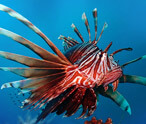
Lionfish Facts
Lionfish is a chordate which belongs to the family...read more
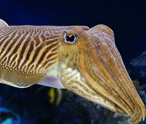
Cuttlefish Facts
Cuttlefish is a mollusk which belongs to the class...read more

Octopus Facts
Do you know how, in the floor of an ocean, an octopus...read more

Sea Urchin Facts
Sea urchins are tiny water creatures found in oceans...read more
Latest Birds
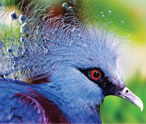
Victoria Crowned Pigeon
With its name...read more
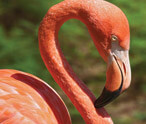
Information About Flamingos
Flamingos are...read more
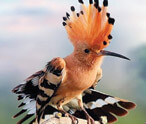
Hoopoe Bird
Famous for its distinctive crown of...read more
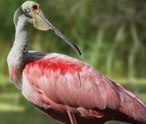
Roseate Spoonbill
The beautiful Roseate Spoonbill...read more


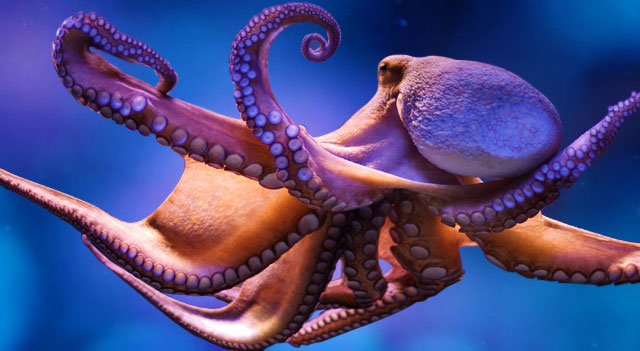
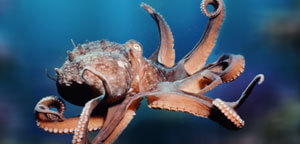
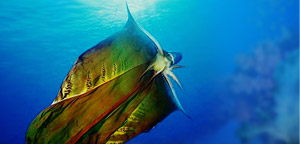
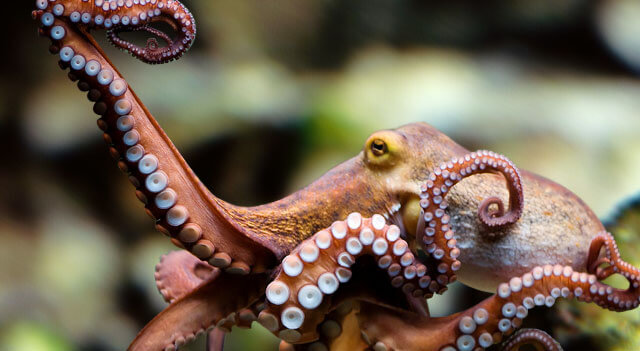

















Largest Birds of Prey in the World by Size and Weight
Also called raptors, the birds...
List of Birds That Fly in V Formation
Did you ever feast your eyes on the amazing phenomenon...
Birds of Prey List
A bird of prey is also known as a raptor or a hunter. It belongs to the group of...
Millipedes Vs Centipedes
Centipedes and millipedes are both arthropods from the group...
Difference Between Warm Blooded and Cold Blooded Animals
Every living organism...
Top 10 Extremely Dangerous Insects
The insects have been grouped in class 'insecta' of...
Sheep Vs Goat
The goat and the sheep are related to each other through the same family. They...
Animals with Blue-colored Blood
Humans and other vertebrates have red-colored blood running...
Birds, Mammals And Reptiles
Before coming to the question of common ancestry of birds...